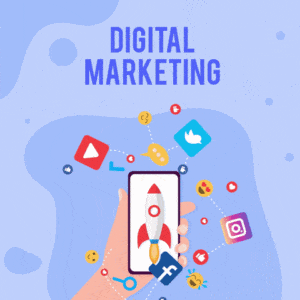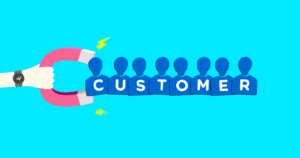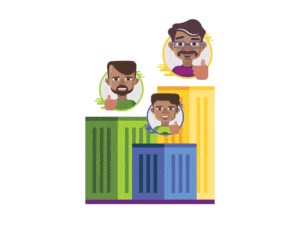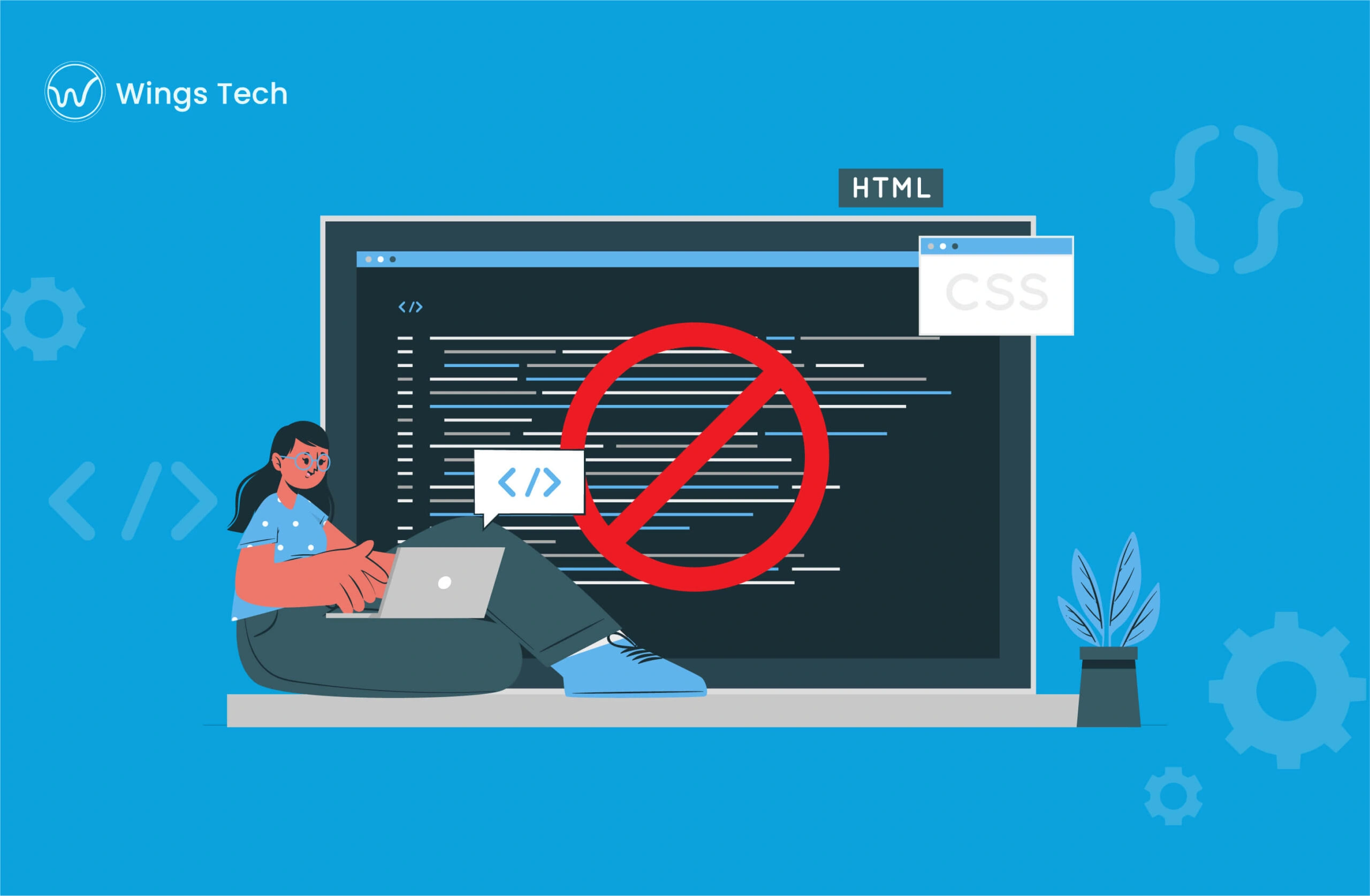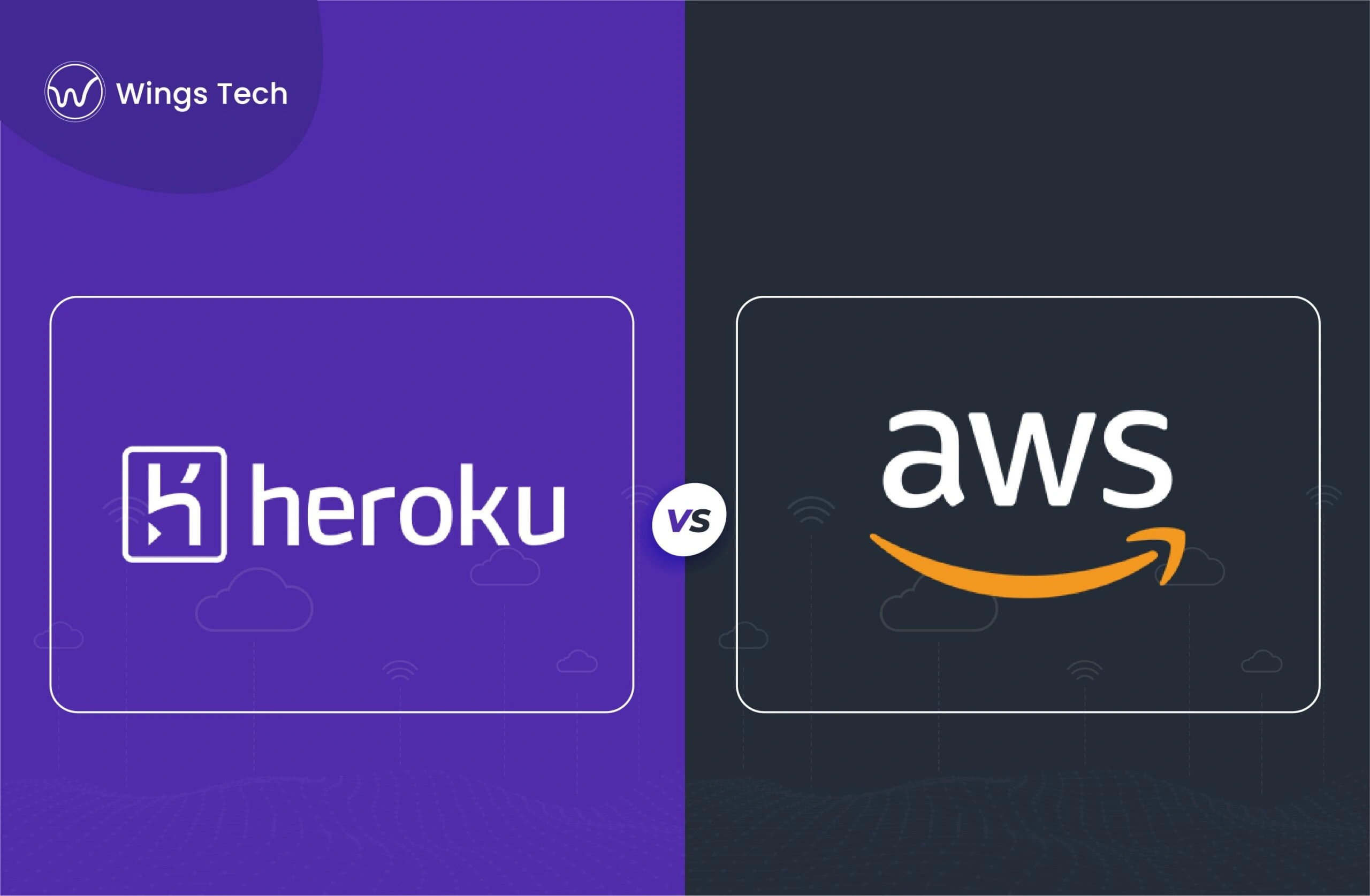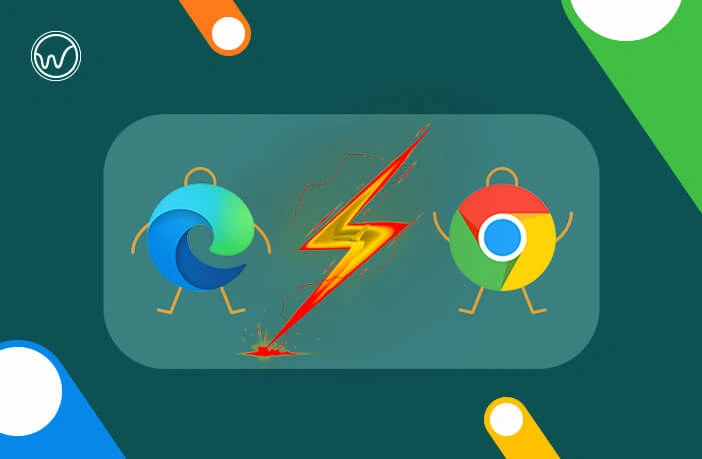Rebranding your already established business is not always easy, as it takes time, money, and a lot of patience. But sometimes, it’s the right move to make if the services or products you’re providing are outgrowing your brand name. Whatever the reason is, it needs to be a good one. Rebranding can be a huge change for both the business and its consumers, so you should be prepared to take on the challenge.
Can You Rebrand On A Budget?
While rebranding, you might need to change everything about your business’s image at once, from your website design to your color scheme, logos, and even tone of voice. This will not be an easy or quick switch, but it can be done without breaking the bank if you use an online tool like Freelogocreator.
Unlike big multinational companies, small businesses don’t have access to a big amount of money that would allow them to start a giant rebranding and communication company. This is why they have to be smart about it by putting in place a well-researched strategy before starting to work on their rebrand.
In this article, we’re going to go through a few key tips that will help you rebrand your business without breaking your small budget.
Understand your values and mission
Before you start rebranding, you should make sure that you understand your company’s mission, values, and promise. What makes your company special? What value do you add to the world and to your customers? You should be able to answer these questions to figure out your brand’s identity and what you want to change in it.
According to a survey, 77 percent of consumers are likely to buy from brands with similar values. So it’s important to keep in mind that rebranding is more than just changing your logo. By understanding your values and purpose, you can come up with an effective strategy to create recognition and awareness.
Strategize
Coming up with a good strategy is the most important part of rebranding your small business. You should create a strategy document (either in-house or by hiring the services of a marketing agency). This document should be able to define everything that has to do with your brand: logo (this is extremely important as the evolution of logo design shows just how critical it is for a brand to have a recognizable logo), your color palette, the fonts you use, the tone of your message, and how you want to be perceived by the public.
Involve your customers and know your market
Being an established business, however small you are, means that you already have an audience. Involving these people will help give you a more objective view of your brand and how you can change it up. Using surveys or focus groups is a great way to understand what your target customers want from your brand, and how you can communicate it to them after rebranding.
Researching the market doesn’t hurt either as it always helps to know what the competition is doing. It’s how you can come off as a more unique and interesting brand. This also keeps you from making rebrand mistakes, such as using similar color schemes, logos, or even product names to one of your competitors.
Work slowly
Don’t change everything at once unless you’re determined to completely change the course of your business. Rebrand slowly as this will give you time to gauge the market and your existing customers’ reactions to the change. It can also help you correct mistakes or make improvements before launching the new Small adjustments to your brand are less likely to surprise your audience which might result in losing their connection to your brand.
You can introduce changes within the color or fonts instead of launching a complete rebrand. This way, it’s also easier to get feedback from the audience and run focus tests. By working slowly, you can avoid any disasters with the rebranding strategy and make sure that people react to it positively.
Establish brand guidelines
When it comes to rebranding on a budget, this is one of the most important things to keep in mind. Before anything else, you should establish clear guidelines or create a style guide for the visual elements of your brand identity. This can help you maintain consistency and boost recognition within the audience again.
In the style guide, you can add all the variations of your logo design, fonts and colors for print and digital mediums. It is a great way to be consistent with branding and spread awareness in a budget. The guidelines also make it easier for bloggers and marketers to use the relevant logo icon for promotional content on social media, websites or brochures.
Leverage your social media accounts
It is a good way to tell people about rebranding and create familiarity among the audience. You can leverage your social media presence and extend the elements of the brand identity to your Instagram, Facebook or Twitter profiles. If the entire logo has been redesigned, it might be a good idea to announce the change in a short video or visual post. Engage with the followers in real-time and answer any questions about the new brand identity as well.
Highlight the colors and typography in your posts so that it’s easier for people to recall or remember them later on. For a stronger impact, you can also draw focus to the new product packaging as part of the rebrand.
Get feedback
This is an effective way to prevent a negative reaction and make improvements beforehand. Rebranding can be quite tricky as the feedback from the audience determines whether it’s been a success or not. So it’s best to get it beforehand and introduce the changes to a small group of people to get an idea of how consumers may react to them.
By doing so, you can avoid issues later on and add or remove any confusing elements. Just think about the successful rebranding of Dunkin Donuts here. The company announced that it would only be known by its first name and changed its logo design, packaging and tone of voice as well. People across the world reacted to this friendly and modern redesign positively and were happy about the new message as well.
Whether you’re simply changing your logo, making your color palette lighter, or completely moving on to a different voice or message, keep these few tips in mind before implementing your strategy, and we can assure you won’t break your bank.



